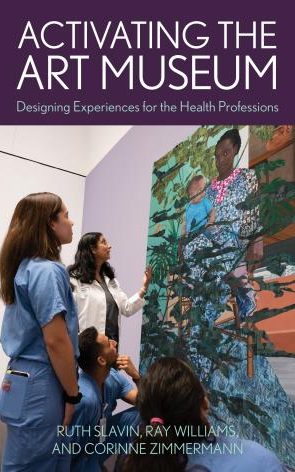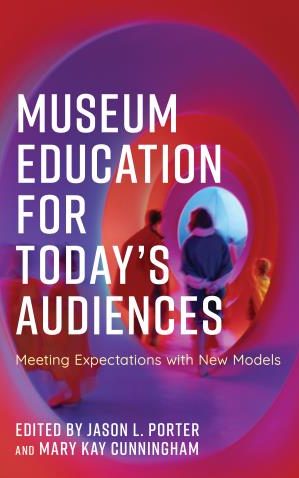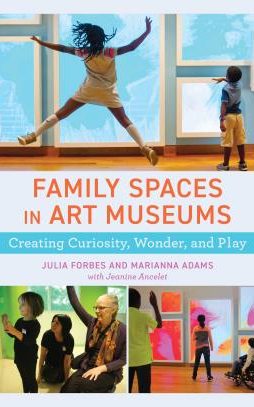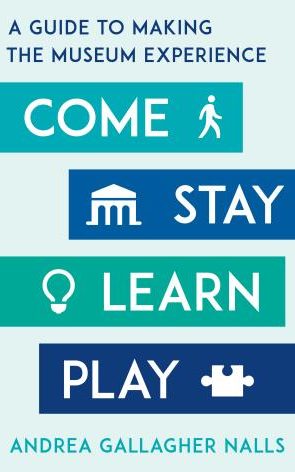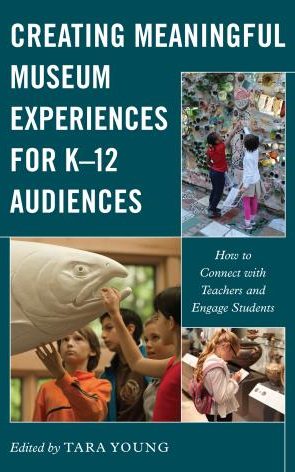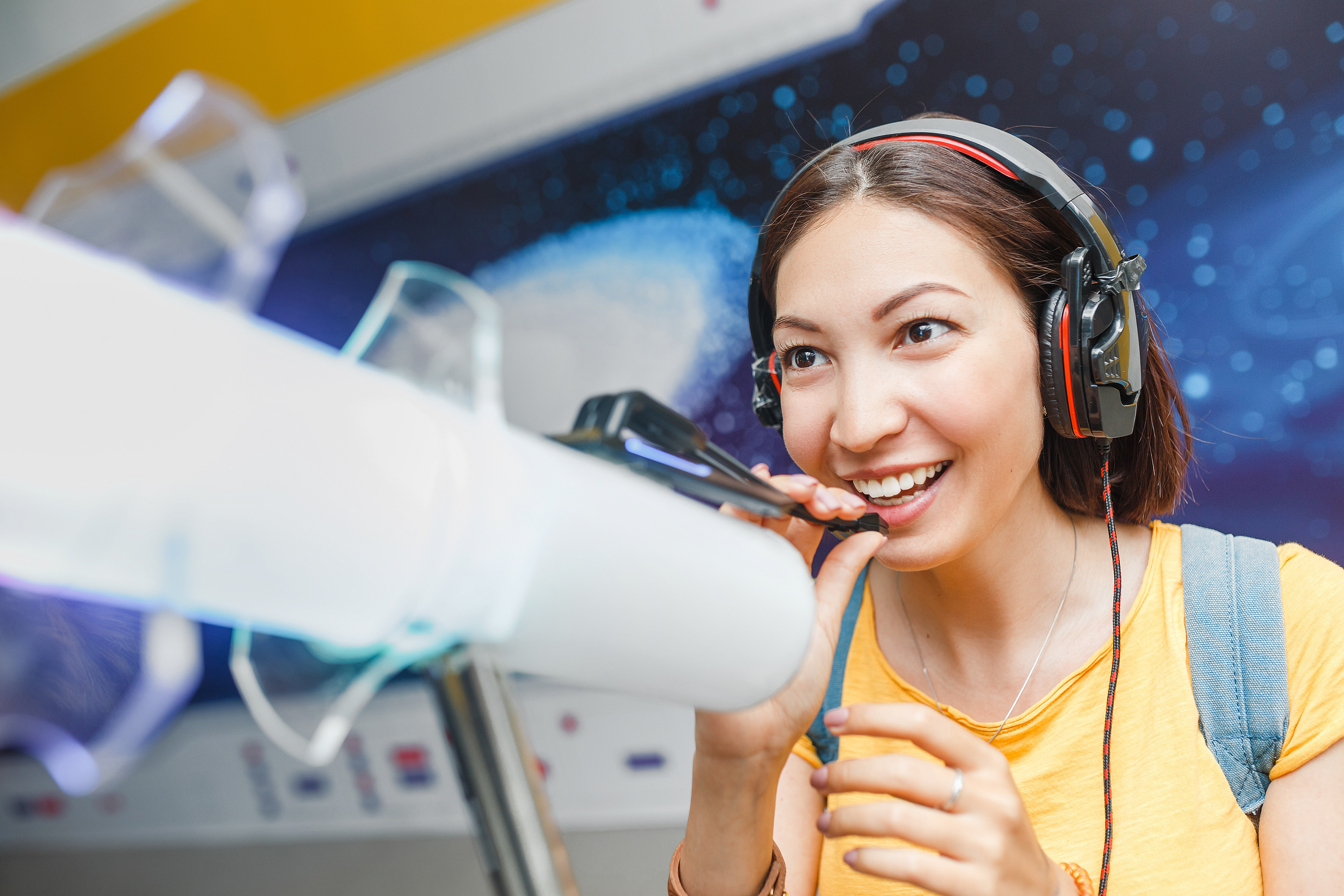
Education & Interpretation
Museums devote considerable resources to promoting lifelong learning. Through a variety of programs and experiences, including school visits, guided tours, and creative aging programs for older adults, they work to spread the lessons and meanings of their collections to the widest cross-section of the public possible. Browse dozens of museum education and interpretation resources below.
Jump to:
New Museum Junction Community for Museum Educators!
Are you a museum professional working in education and interpretation?
AAM’s Museum Junction, our online hub of over 50,000 museum professionals, has a specific community for those working in education and interpretation to connect, share ideas, and swap advice with peers across the field.
This AAM Membership benefit is available to anyone through 2024.

Popular Education & Interpretation Resources
Standards & Professional Practices

Excellence across the museum field begins with the ethics and standards that the field sets for itself to promote accountability, provide a basis for good decision-making, and prove a museum’s worthiness of public trust. Learn more about education and interpretation core standards.
Educational Impact Statement
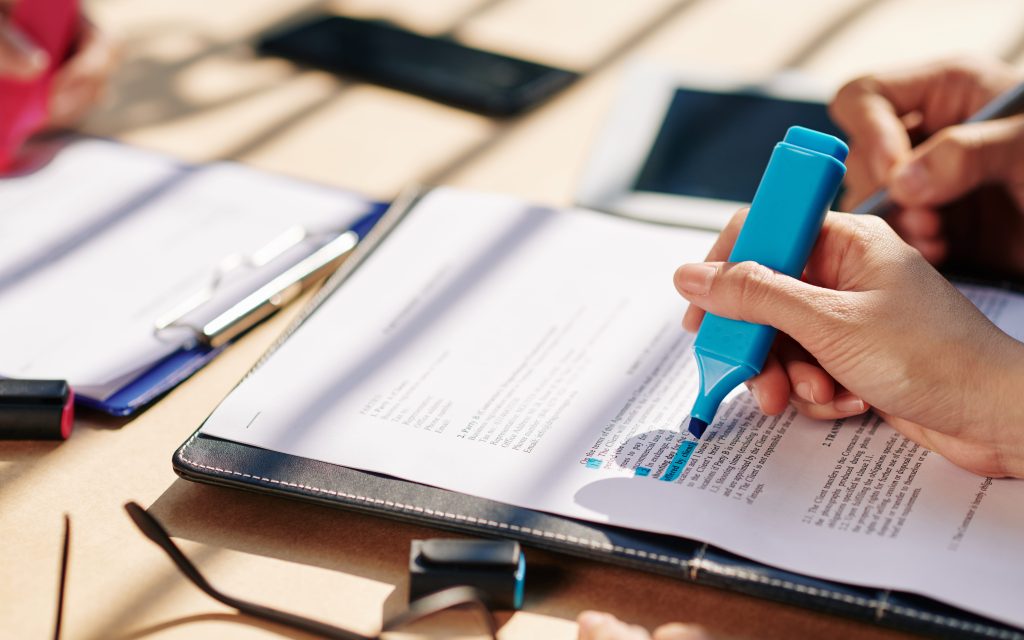
Knowing what types of educational statistics to report on and how often is an important step in your museum’s advocacy efforts. Use our educational impact template to get started.
Museums & Creative Aging
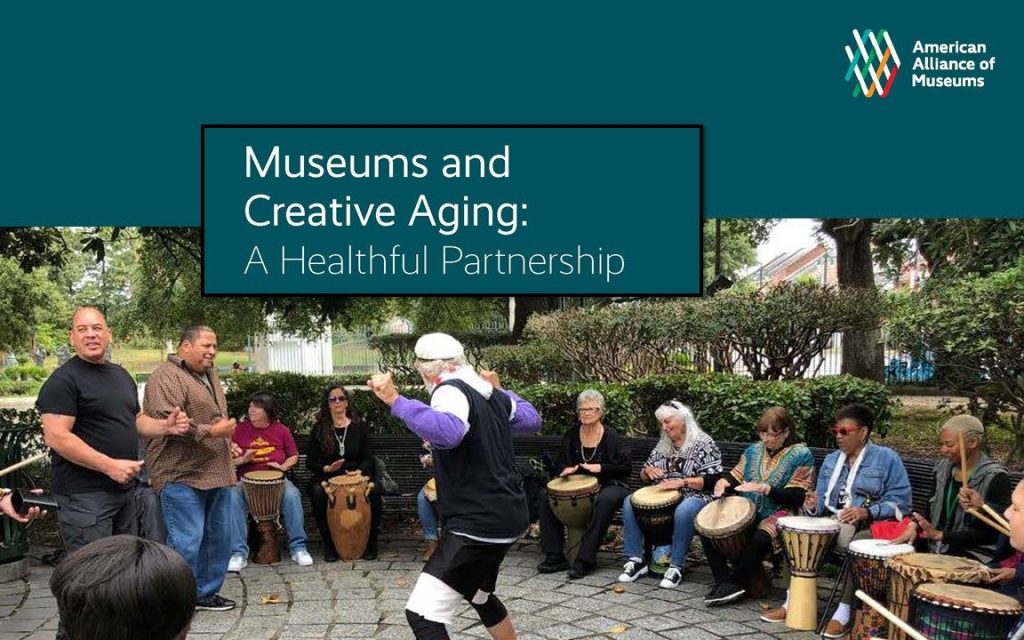
Opening with an overview of aging and ageism in our country, this landmark report documents actions to foster positive aging, profiles the work of museums providing creative aging programming, and shares lessons learned.
Connect with Your Peers

The Education & Interpretation community on AAM’s Museum Junction connects you to peers worldwide to share advice and exchange ideas. This community is a membership benefit open to all through December 2023.
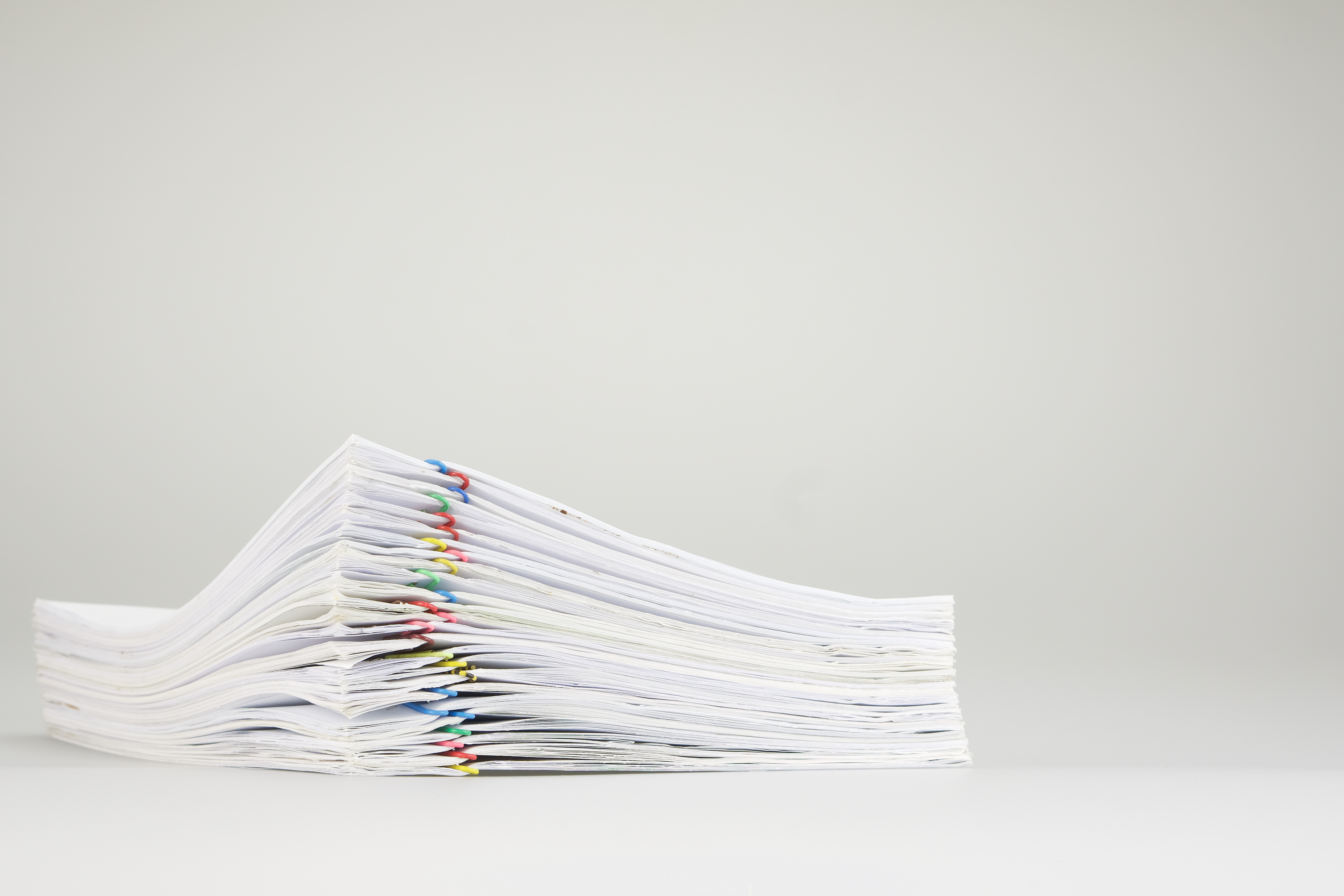
Access Education & Interpretation Sample Documents with a Tier 3 Museum Membership
Become an AAM Tier 3 Museum Member to access sample documents key to education and interpretation, including interpretative plans, interpretive clothing policies, furnishing plans, and education plans and policies.
